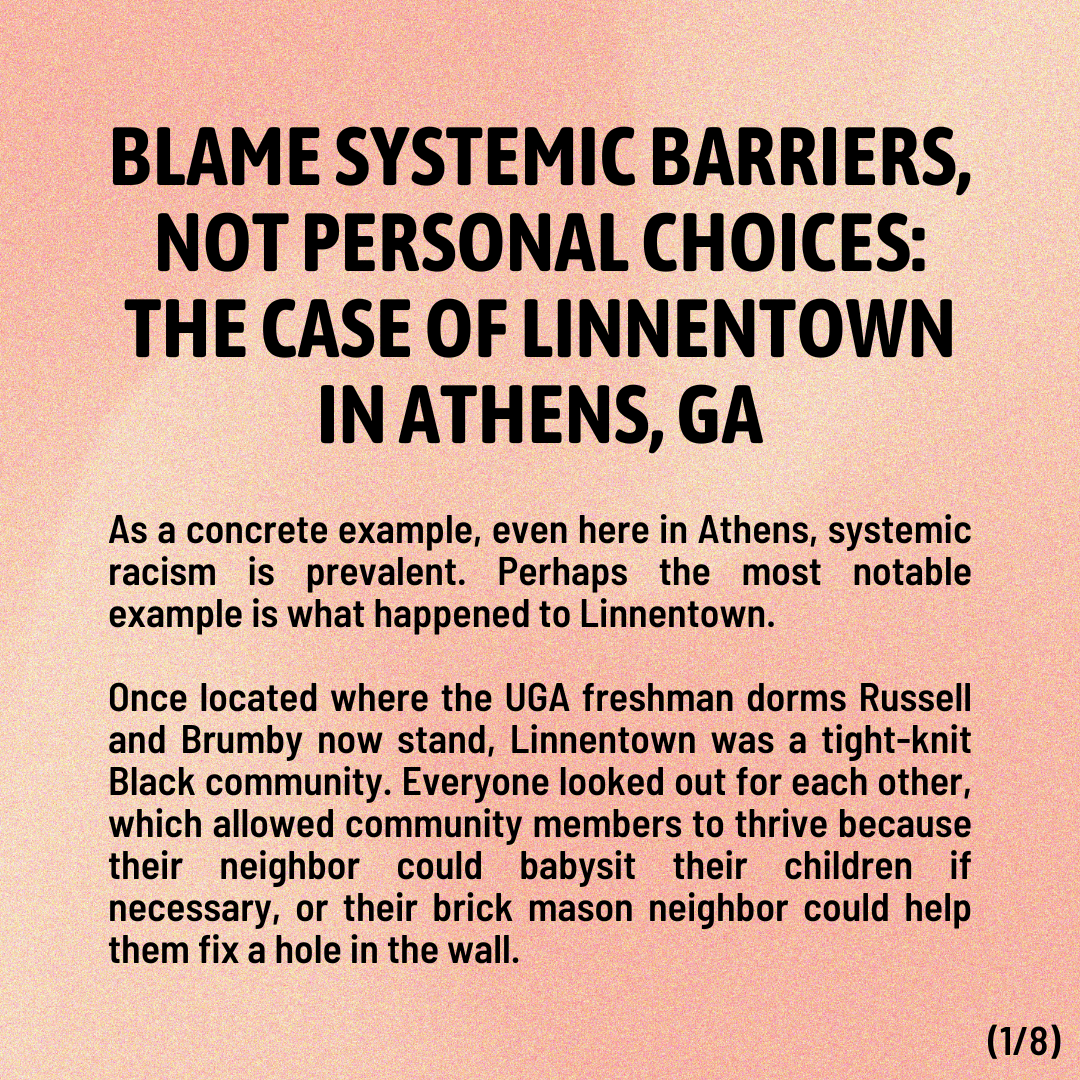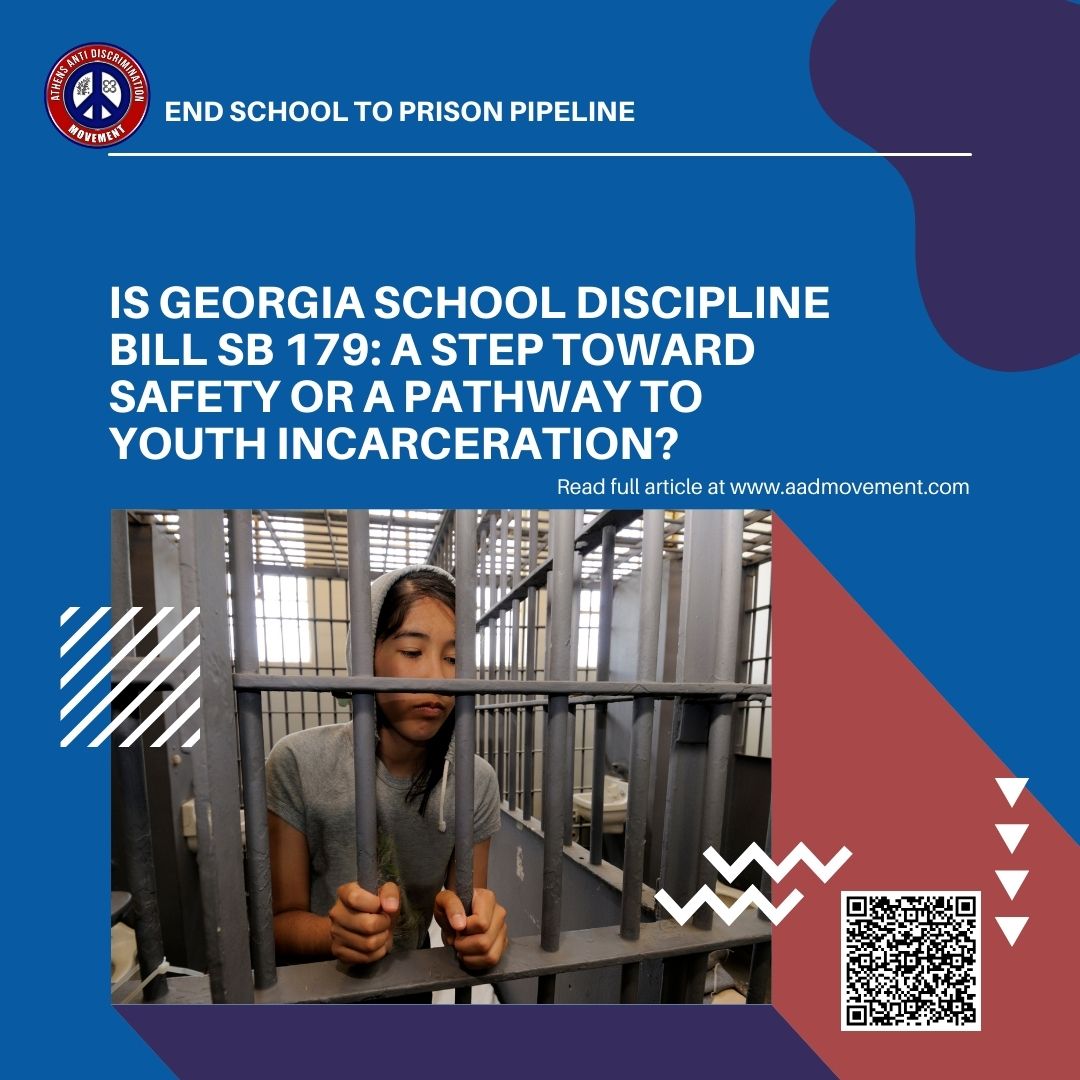Written by Peyton & Alexander-Advocacy & Journalism Team
Discrimination can come in many different forms in one’s career. Most people can identify when an individual or group’s behavior may be racist, sexist, classist, or discriminatory in visible instances. But what about the systemic barriers in place that prevent marginalized people from accessing opportunities–such as business capital, networks, and mentorship–offered to a privileged selection? These obstacles produce grave consequences, touching on health, home ownership, wealth accumulation, and more.
Discussions on racism usually center explicit actions like using racist slurs or committing hate crimes. There is another type of racism that is more pervasive yet seemingly invisible to those in power. Systemic racism is deeply and fundamentally rooted into not only the legal system, but also its institutions. Education, politics, economics and other systems are impacted by these discriminatory barriers. This includes written and unwritten policies as well as established attitudes that result in the unfair treatment toward people of color, especially Black Americans.
The American Dream suggests that if an individual works hard enough, they will be successful. It is assumed that if that individual fails to succeed, it is their own fault for doing it incorrectly, or they’re lazy. This line of thinking ignores the systemic, classist barriers that create poverty. For example, disparities in access to transportation, health care, and education can interact with disparities in the legal system and mass incarceration. These injustices contribute to poverty, not simply individual choices.
Groups of other marginalized backgrounds face structural and systemic barriers, as well. For instance, there are existing policies, attitudes, and overlapping systems that reinforce the mistreatment of people on the basis of gender, sexuality, and immigration status.
We must build an equitable safety net to satisfy the necessities. Everyone is deserving of having their basic needs met without encountering systemic obstacles. Though, we cannot stop there. We must spread awareness about systemic barriers and encourage our communities to confront and dismantle them.
As a concrete example, even here in Athens, systemic racism is prevalent. Perhaps the most notable example is what happened to Linnentown. Once located where the UGA freshman dorms Russell and Brumby now stand, Linnentown was a tight-knit Black community. Everyone looked out for each other, which allowed community members to thrive because their neighbor could babysit their children if necessary, or their brick mason neighbor could help them fix a hole in the wall.
However, this all changed when the City of Athens laid eyes on west side Baxter Street in the early 1960s. The University of Georgia was bringing in many new students that the university was unable to house due to lack of space. More dorms would be necessary, but UGA was grappling not only with lack of in-dorm space, but lack of space to actually build those dorms.
Linnentown was located on the fringes of the UGA campus. In a 1961 planning map, only a year prior to the City of Athens acquiring the neighborhood through eminent domain, one can see how Linnentown is not even acknowledged — the proposed dorms are located on top of homes filled with Black families simply trying to live their lives.
(from UGA Campus Development Plan map of 1961)
Even though this land belonged to those Black families, the City of Athens abused the system to acquire the land to allow for more white students, as UGA had only started desegregating in 1961, and Linnentown was razed in 1962. The families of Linnentown had no chance to defend themselves, no chance to contest their houses being stolen. Housing Acts from 1949 and 1959 enabled the city and the university to displace this burgeoning neighborhood without regard for where they would be re-housed.
Linnentown’s residents experienced displacement and became separated from one another. No longer could one rely on their brick mason neighbor to help with their wall, because now that mason was on the opposite side of town. This strong, tight-knit community was fractured, and this dissolution was sustained by legislation that claimed it was legal for families to lose their homes.
Had this been a white neighborhood, Linnentown residents likely would have received substantial payments for their homes instead of the measly payments the Black residents received against their will. This is systemic racism and discrimination — the system protected white interests at the expense of Black rights.
One can see how this neighborhood disappeared and was replaced with parking lots and dorms in aerial photographs of the campus. When a thriving neighborhood is replaced with a parking deck and its residents dispersed, how can Black Americans form a network? How can Black Americans mentor each other when their homes are seized and they are made to live away from each other?
(Aerial photographs of the Linnentown area from 1960,1973, and 2023)
While this occurred in the 1960s, its effects are still felt today, and residential discrimination still exists. In other cities, Black neighborhoods and regions are replaced with university housing and commercial zones that squash local Black businesses that were there prior, or are left to rot with no promise of revitalization. If one wants to be successful in life, that success must start with a safe home surrounded by a reliable community, which is not a guaranteed reality for Black Americans in the current system. And this is not a reality only for Black Americans — other marginalized groups suffer, as well. The system leaves no room for the marginalized.




